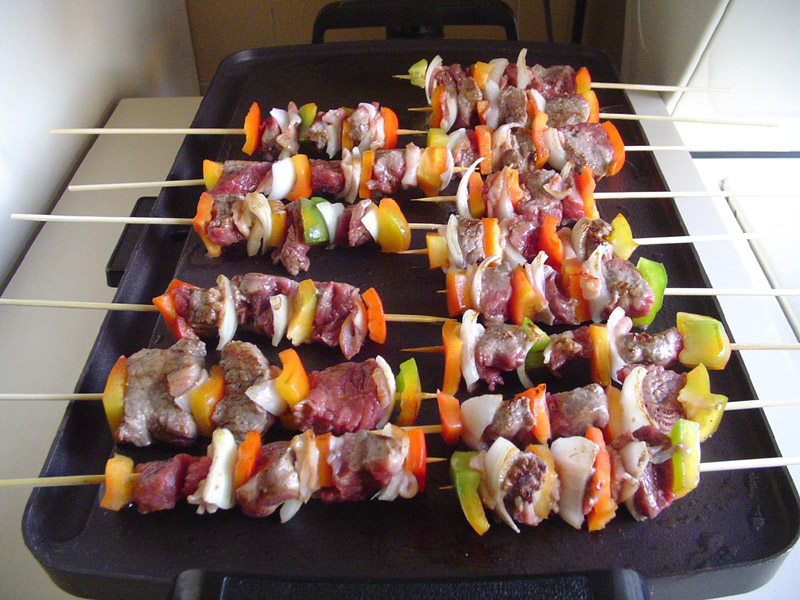Introduction to Honduran cuisine
Honduran cuisine is a mix of indigenous, Spanish, African, and Caribbean influences, which creates a unique and diverse range of dishes. Honduras is known for its fresh seafood, tropical fruits, beans, rice, and spices. The country is located in Central America and shares borders with Nicaragua, Guatemala, and El Salvador. Honduran cuisine is a reflection of its cultural diversity and rich history.
The basics of Honduran dishes
The cuisine of Honduras is characterized by its simplicity and the use of fresh, seasonal ingredients. Corn, beans, and rice are the staple foods in Honduras, and they are usually served with meat or seafood dishes. Plantains, yucca, and potatoes are also common in Honduran cuisine. Honduran dishes often feature a blend of spices, including cumin, coriander, and garlic, which add depth and flavor to the dishes.
Traditional breakfast dishes in Honduras
Breakfast is the most important meal of the day in Honduras, and traditional dishes include baleadas, which are flour tortillas filled with beans, cheese, and meat. Another popular breakfast dish is the traditional Honduran breakfast, which consists of scrambled eggs, refried beans, fried plantains, and cheese. Another dish is the Catracho breakfast, which is a Honduran-style breakfast sandwich with eggs, sausage, avocado, and refried beans.
Popular Honduran dishes for lunch and dinner
For lunch and dinner, Honduran cuisine offers a wide variety of dishes that reflect its cultural diversity. One of the most popular dishes is the baleada, which is a flour tortilla filled with beans, cheese, and meat. Other popular dishes include the Honduran ceviche, which is made with fresh seafood, coconut milk, and lime juice. Another dish is the pollo con tajadas, which is fried chicken served with plantain chips.
Desserts and snacks in Honduran cuisine
Desserts in Honduran cuisine are often made with tropical fruits, such as papayas, mangoes, and pineapples. One of the most popular desserts is the tres leches cake, which is a sponge cake soaked in three types of milk. Other popular desserts include the arroz con leche, which is a rice pudding made with milk, cinnamon, and sugar. Snacks in Honduran cuisine include plantain chips and empanadas.
Beverages to complete a Honduran meal
To complete a traditional Honduran meal, there are several beverages that are popular in the country. One of the most popular is the horchata, which is a rice-based drink flavored with cinnamon and sugar. Another popular drink is the pinolillo, which is a hot chocolate drink made with cornmeal and cocoa. Honduran coffee is also prized for its rich flavor and is often served with dessert. In addition to coffee, tea and fruit juices are also popular beverages in Honduras.
In conclusion, Honduran cuisine offers a unique and diverse range of dishes that reflects the country’s cultural diversity and rich history. Whether you are looking for a hearty breakfast, a satisfying lunch or dinner, or a sweet dessert, Honduran cuisine has something to offer for everyone.

